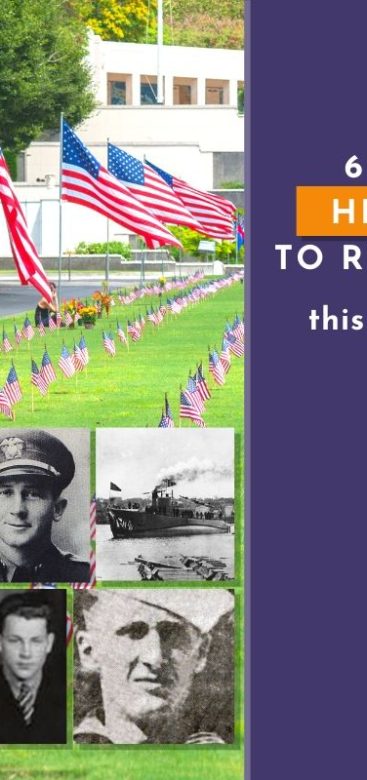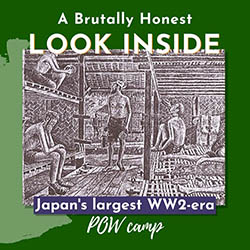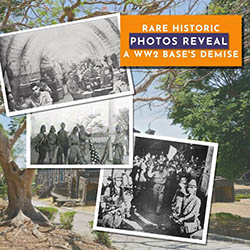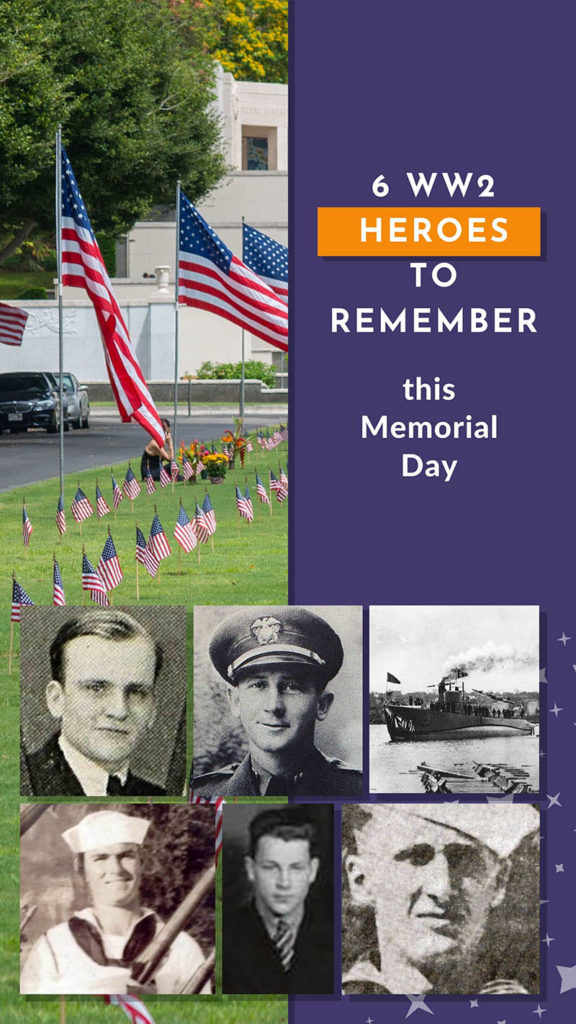
I’ve got a pet peeve…
Memorial Day has become summer’s kick off. A long weekend for camping and BBQs and, of course, fantastic sales.
But . . . Memorial Day is supposed to be a day to honor and mourn those who’ve died serving our country.
We live in relatively peaceful times.
More than 405,000 American servicemen and women died during WW2. Compare that to less than 7,000 combat deaths since 2000.
Of course each death is tragic. But combine the relatively low number of recent combat deaths with the decades since WW2, Korea, and Vietnam.
And I wonder if many people don’t even know of someone to remember on Memorial Day.
So here are 6 WW2 heroes who each gave their “last full measure of devotion” to their country, to freedom, and most importantly — to us.
Let’s remember them together.
Harry Whitman — 7 Hellish Experiences as a POW during WW2
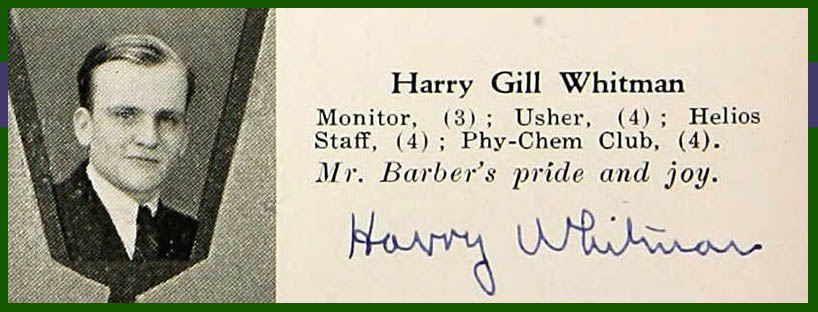
The relentless May sun made the pavement as hot as hell. But all POWs were required to march. Even the sick ones.
It was a rule enforced by the bayonet end of guards’ guns.
So malaria-ridden Ensign Harry Whitman stumbled his way through Manila that May afternoon in 1942. But his fever worsened. He became delirious. And soon collapsed on the roadside, shivering violently.
Japanese guards were to him in moments, their bayonets flashing in the unforgiving sun.
This was the beginning of a nearly 3-year struggle for life that would end in not 1 but 2 tragic ship wrecks — at the hands of his American allies.
Read Harry Whitman’s story here.
Alton Hall — Declassified Docs Reveal the Truth of His Death
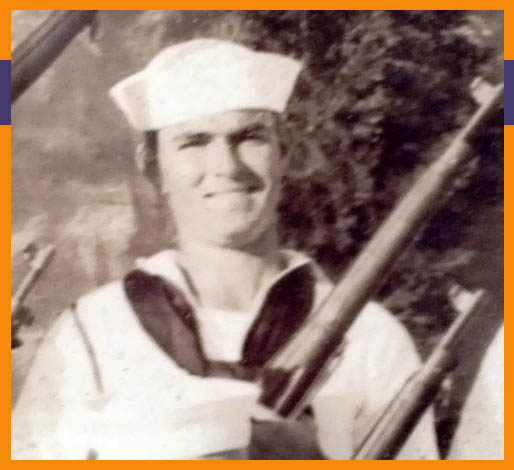
An air raid alert sounded at the Sakura Military Hospital in Manila, Philippines.
It was 5:30 am. Sunday, November 19, 1944.
American lanes arrived from all directions. The Yanks were coming. And that bolstered hope. Because, even though the American prisoners were starving and sick, somehow these “Yank visits” (air raids) were “a treat for starvation.”
But not every American was excited.
No, in a quiet, dark corner, covered by mosquito nets in the fly-infested hospital lay 30-year-old sailor Alton Henry Hall.
And his story would lay, undiscovered, with in classified WW2 documents for more than 70 years.
Adolphus Hutchison — Attacked by an American WW2 Submarine
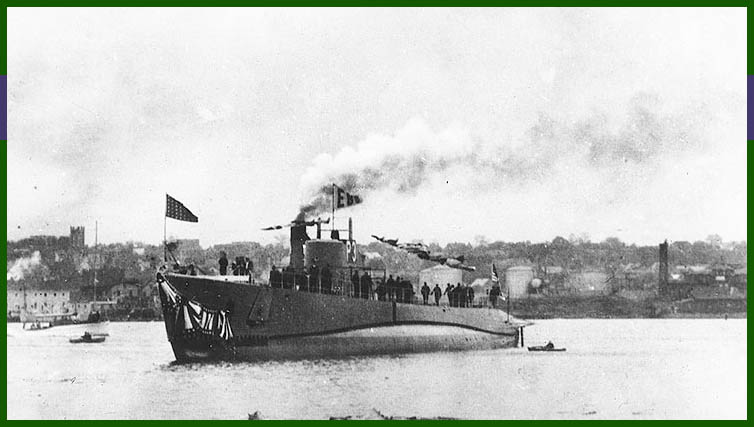
Bombing runs became commonplace as Japanese swiftly and strategically overran The Philippines in late 1941.
So, with commanding USS Canopus’s Engine Room on his mind, Machinist Adolphus Hutchison perhaps didn’t take much notice of approaching aircraft.
But he definitely felt their repercussions.
An armor-piercing bomb tore through the Engine Room, breaking pipes that sprayed scalding steam, oil, and other throughout the close quarters.
He was injured immediately. Incapacitated. Badly wounded.
Ship bombings would become a theme of Machinist Hutchison’s WW2 experience.
He had survived this first one. Could he survive a second at the hands of the USS Shark — an American submarine?
Read Adolphus Hutchison’s story now.
Frank Bridget — Kick-ass Army Man Who Prevented Bataan’s Early Fall
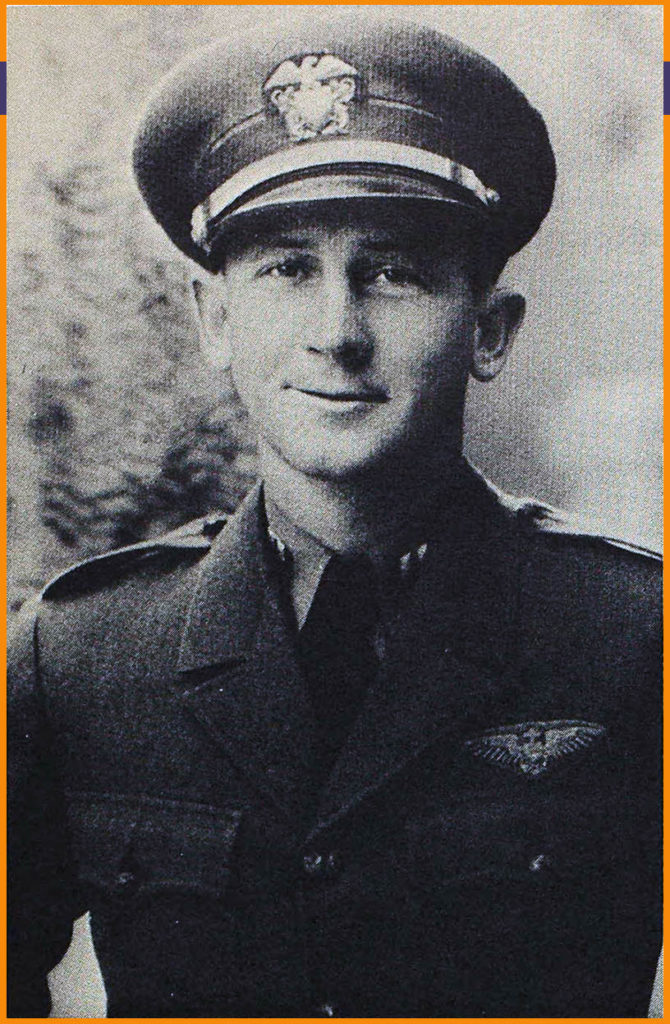
In January 1942, 44-year old naval aviator Frank Bridget realized something.
A flaw.
An oversight.
An imperfection that could cost the Americans the war, or at least The Philippines.
So he took action and assembled a rag-tag team of American sailors into a jungle fighting squad — that single handedly confused the enemy and prevented the early fall of Bataan.
His leadership and tenacity continued through the next 3 years as a prisoner of war — up until the unbelievably horrific experience that took his remarkable life.
Read Frank Bridget’s story now.
Lynn Weeman — The Tragic Death of a Bataan Rescuer

All around Lynn Weeman, flashes of light illuminated the dark, nearly moonless night as Allied troops on Bataan destroyed supplies and ammunition — not wanting them to fall into enemy hands.
US forces wouldn’t hold out till morning. Surrender was imminent.
But not for Weeman. He’d already had go ahead to retreat to “The Rock” — an American military base on Corregidor island.
But first, he had to rescue US Navy demolition squads exploding those storage tunnels on Bataan.
Pick up these men, then high-tail it to Corregidor island.
Suddenly the hillside in front of him erupted in a gigantic, earth-shattering explosion.
Read Lynn Weeman’s story here.
Norman Hinckley — After 7 Decades, the Truth of His Death Is Finally Revealed
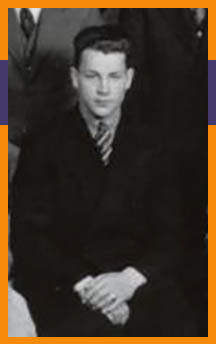
At 10:15 in the morning of May 4, 1943, a Japanese burial party appraoched the American military hospital in Manlia.
They carried a sealed box, which contained the remains of 26-year-old PFC Norman Hinckley.
But if the American’s wanted details of Hinckley’s death, they were disappointed. Those mid-morning visitors offered no information.
An American chaplain conducted a burial service, and PFC Hinckley was laid to rest in the U.S. naval hospital’s burial plot.
And they created a report of death, stating that Hinckley’s cause of death was “Unknown.” And this was likely the only death information provided to his parents and sisters.
But was that the truth? Was it really possible that no one knew how Hinckley had died?
No. Of course not.
The truth was out there. But it would be 75+ years until the story was known.
Read Norman Hinckley’s story now.
Help others remember
Help us share the stories of these 6 men’s service and sacrifice.
Please share this post on your social media channels and with friends and family.
Thank you for allowing others to remember these remarkable men this Memorial Day.
